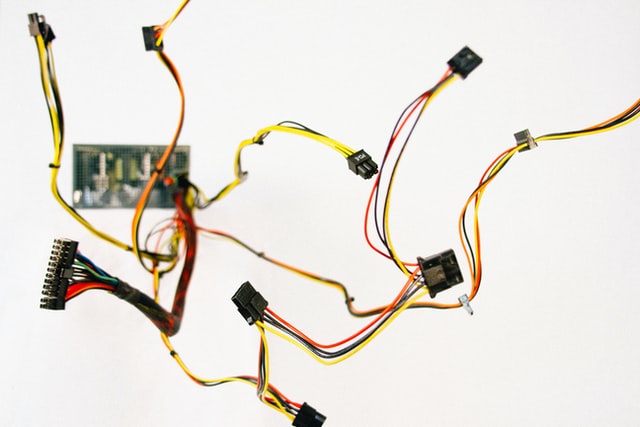
Your Guide to Two-Way Splitters
On August 21, 2021 by Walter PowellThe most common RF splitters that can both combine and divide signals are two-way devices. However, if you’ve never heard of this device, there are a few things you will want to know before you dive into using them.
Additional Insertion Loss
While each splitter will give you an expected insertion loss, these devices will actually lose more power than you expect. This is generally caused by the device’s small gauge wire windings and internal transformers and is unavoidable.
Balanced Splitter
Like with any splitter, the two-way devices experience loss between the input and output ports. A balanced splitter has an equal loss for each of its output ports.
Flatness
Flatness is the measure of amplitude vs. frequency, given in decibels, within a device’s passband. Note, the number can degrade if any unused ports are not terminated.
Insertion Loss
Insertion loss is the amount of power that is lost between the input and output ports. In an ideal world, the insertion loss would be distributed equally between the output ports, giving you a balanced splitter. However, this is not always the case, and whenever insertion loss is unevenly distributed between output ports, you have an unbalanced splitter.
Isolation
Isolation is the amount of loss you experience when only one input and output port is used and all other ports are terminated. The lower the isolation, the better the quality splitter you have.
Passband
The passband is the operating frequency specification for a device that will provide an equal insertion loss. Even though splitters are considered flat-loss devices, you can receive more loss if you operate them outside the passband.
A power splitter may sound like a simple device, but it isn’t. These are complex devices that have plenty of factors affecting their operation. This is even true for the simple two-way splitters that are very common. Now that you know what a two-way splitter is, you can get started using them.
Archives
- April 2024
- March 2024
- February 2024
- January 2024
- December 2023
- November 2023
- October 2023
- September 2023
- August 2023
- July 2023
- June 2023
- May 2023
- April 2023
- March 2023
- February 2023
- January 2023
- December 2022
- November 2022
- October 2022
- September 2022
- August 2022
- July 2022
- June 2022
- May 2022
- April 2022
- March 2022
- February 2022
- January 2022
- December 2021
- November 2021
- October 2021
- September 2021
- August 2021
- July 2021
- June 2021
- May 2021
- April 2021
- March 2021
- January 2021
- December 2020
- November 2020
- October 2020
- September 2020
- July 2020
Calendar
| M | T | W | T | F | S | S |
|---|---|---|---|---|---|---|
| 1 | 2 | 3 | 4 | 5 | 6 | 7 |
| 8 | 9 | 10 | 11 | 12 | 13 | 14 |
| 15 | 16 | 17 | 18 | 19 | 20 | 21 |
| 22 | 23 | 24 | 25 | 26 | 27 | 28 |
| 29 | 30 | |||||